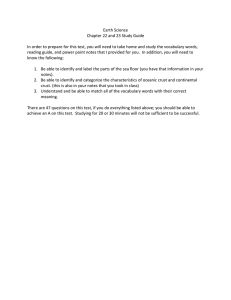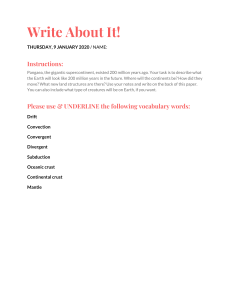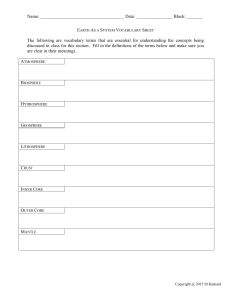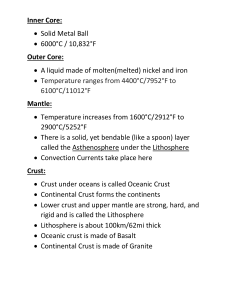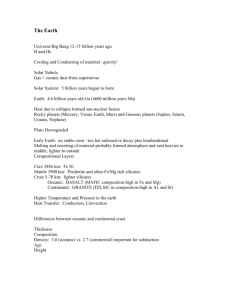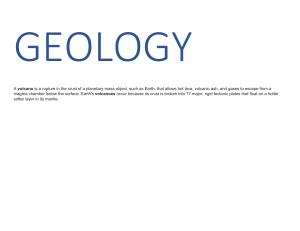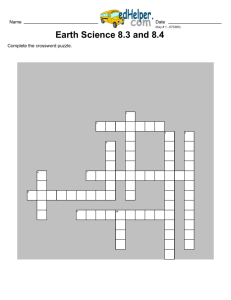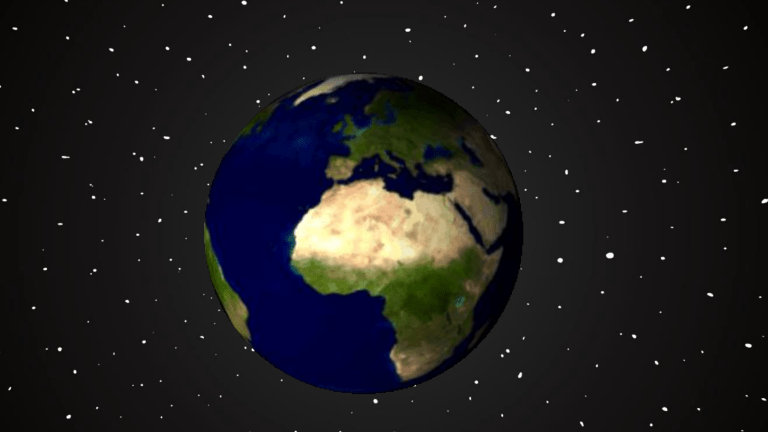
A long time ago they thought I was flat but came to find out they were wrong about that. My shape is not a circle but a sphere. The blue and green that you see is only the top but underneath lies three layers that you cannot spot. Who Am I? At close to 3,000 kilometers (1,865 miles) thick, this is Earth’s thickest layer. It starts a mere 30 kilometers (18.6 miles) beneath the surface. Made mostly of iron, magnesium and silicon, it is dense, hot and semi-solid (think caramel candy). Like the layer below it, this one also circulates. It just does so far more Near its upper edges, somewhere between about 100 and 200 kilometers (62 to 124 miles) underground, the mantle’s temperature reaches the melting point of rock. Indeed, it forms a layer of partially melted rock known as the (As-THEEN-ohsfeer). Geologists believe this weak, hot, slippery part of the mantle is what Earth’s tectonic plates ride upon and slide across. Answer: Lithosphere The mantle’s outermost zone is relatively cool and rigid. It behaves more like the crust above it. Together, this uppermost part of the mantle layer and the crust are known as the . Earth’s crust is like the shell of a hard-boiled egg. It is extremely thin, cold and brittle compared to what lies below it. The crust is made of relatively light elements, especially silica, aluminum and oxygen. Continental Crust VS Oceanic Crust ✓ The oceanic crust is relatively younger than the continental crust. ✓ The oceanic lithosphere is thinner than the continental lithosphere ✓ The oceanic lithosphere is denser as compared to the continental lithosphere. ✓ The oceanic crust is primarily composed of basaltic rocks while the continental crust is primarily composed of granitic rocks.
